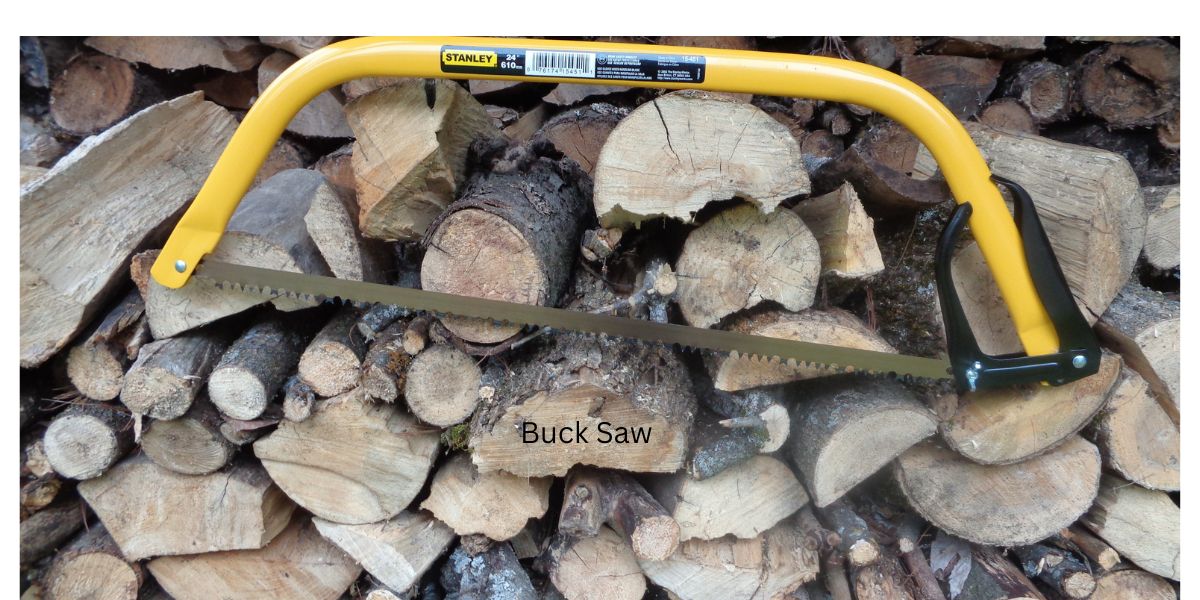I’m going to take you through the basics of what a Buck Saw is and why it’s such a crucial tool for anyone into forestry or woodcutting. A Buck Saw is a hand tool with a straight-edged blade, typically used for cutting smaller logs or firewood. It’s not some newfangled gadget; it has a rich history, dating back to when manual sawing was the only way to process timber.
The traditional Buck Saw consists of a few key parts. There’s the tough blade, designed for efficient cutting, along with a sturdy frame that keeps the blade tight through a tensioning system, like a turnbuckle or a cord. That’s what gives you clean and precise cuts. Safety isn’t just a buzzword here; it’s crucial. Knowing how to handle and take care of a Buck Saw can make all the difference between a successful day of cutting and an unwanted trip to the emergency room.
Next, let’s take a look into the different types of Buck Saws out there. You’re going to find out about the crosscut, peg tooth, and raker tooth designs – each with their own unique advantages – and understand how the size of the Buck Saw impacts the job you’re doing. This isn’t just about picking up the sharpest tool; it’s also about choosing the right saw for the task at hand. So, if you want to select the perfect Buck Saw for your needs, stick around as we jump into the specifics in the next section.
The Different Types and Uses of Buck Saws
I’m going to take you through a journey in the world of Buck Saws – and there is quite a bit to cover. Buck Saws come in an array of types, each with their unique teeth patterns and designs, tailored to specific tasks. We’re talking about the crosscut, peg tooth, and raker tooth designs, each with a distinct way of tearing through wood. For cutting green wood a blade with wider teeth works best to prevent any clogging.
You’re going to find out about the size consideration as well. From the more portable small Buck Saws for quick and light jobs, to the medium ones for balanced work, up to the large ones designed for heavy cutting tasks – size really matters. The size of the saw will directly impact your efficiency and comfort when doing the task you have to do.
Choosing the right Buck Saw also includes understanding what you’re going to use it for. While some Buck Saws are ideal for cutting up firewood, turning logs into manageable pieces, others shine in more detailed carpentry, where precision cuts are the key.
Now, a good Buck Saw is more than just a tool – it’s a trusty companion for anyone looking to tackle downed trees or making a pile of logs look smaller. That’s the strategy I like to leverage when deciding on which saw to use: match the tool to the task, and half your work is done.
Purchasing and Caring for Your Buck Saw
When it comes to adding a buck saw to your toolshed, there’s a bit of know-how that can go a long way. I’m here to help you sort through the choices and find a saw that suits your needs, as well as keeping it in top-notch condition. First and foremost, focus on blade quality, the strength of the frame, and how comfortable the saw feels in your hands. A sturdy blade, a rigid frame, and a good grip are non-negotiable for efficient and safe woodcutting.
You’re going to find out about the deliberation between new and antique buck saws. While modern saws boast the latest technology and ergonomic designs, vintage saws have a charm and durability that many woodworkers appreciate. Each has its merits, so choose something that resonates with you and your working style. Don’t worry too much about the glamour; what matters is the saw’s performance.
Taking care of your buck saw is crucial. I can’t stress enough how regular maintenance not only prolongs the life of the saw but also ensures safety and efficiency. Keep the blade clean, the frame intact, and the tension appropriate. It’s a simple and effective way to keep your buck saw cutting like it was new.
Finally, sharpening and replacing the blade is often necessary, and a three corner file works best for the sharpening, but it’s a skill to master. A sharp blade makes for easier, cleaner cuts, and knowing when to replace it is part of using the tool responsibly. With the right care, your buck saw will be a reliable companion for years to come, turning the task of cutting wood into a satisfying, productive experience.
Brands
There are many good brands of bow saws on the market today such as- Fiskars, Bacho, Truper, Stanley, Bench Mark, Agawa Canyon, and am sure many more of good quality you can find.
So take care when cutting, work safely and enjoy your wood cutting.
